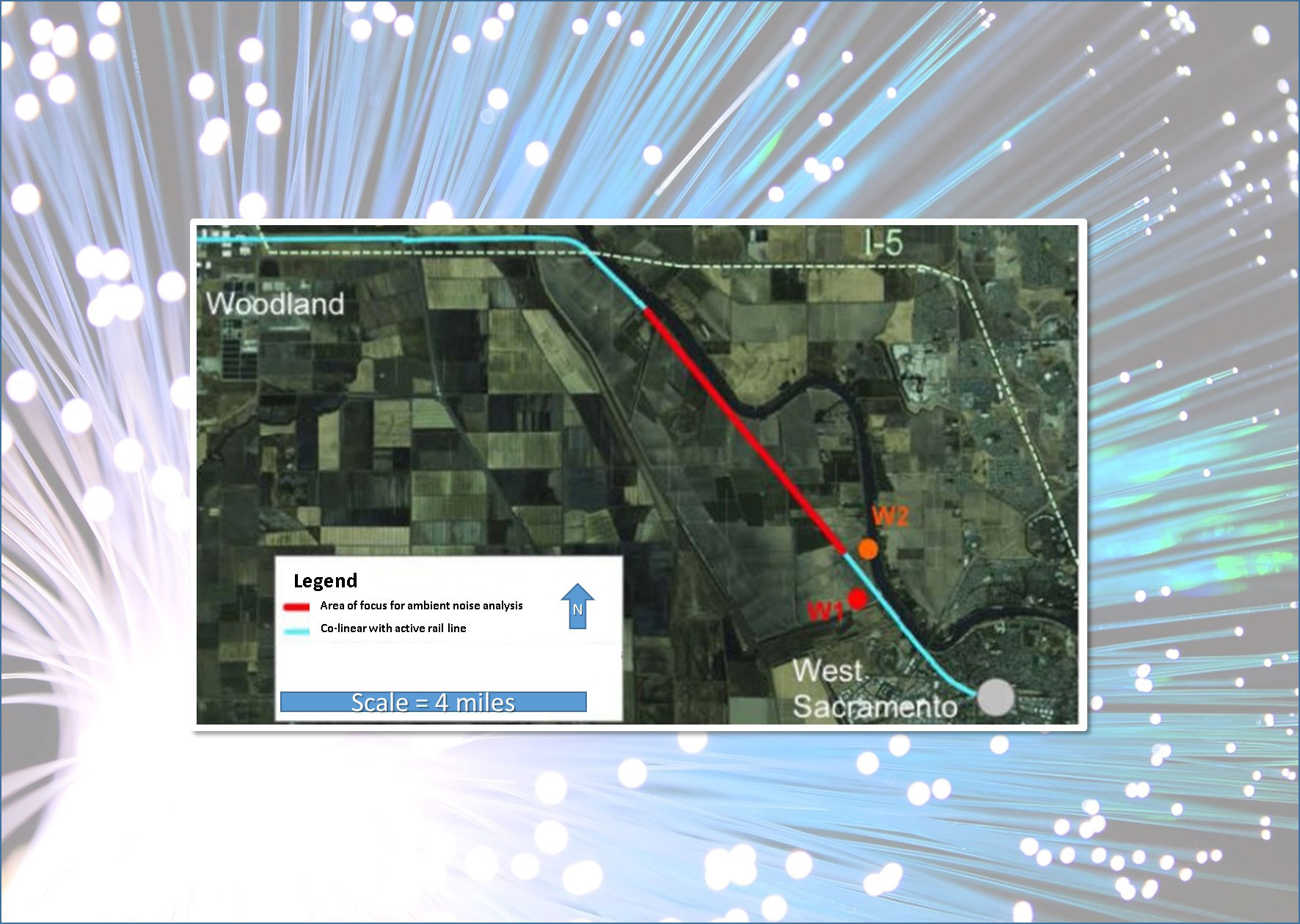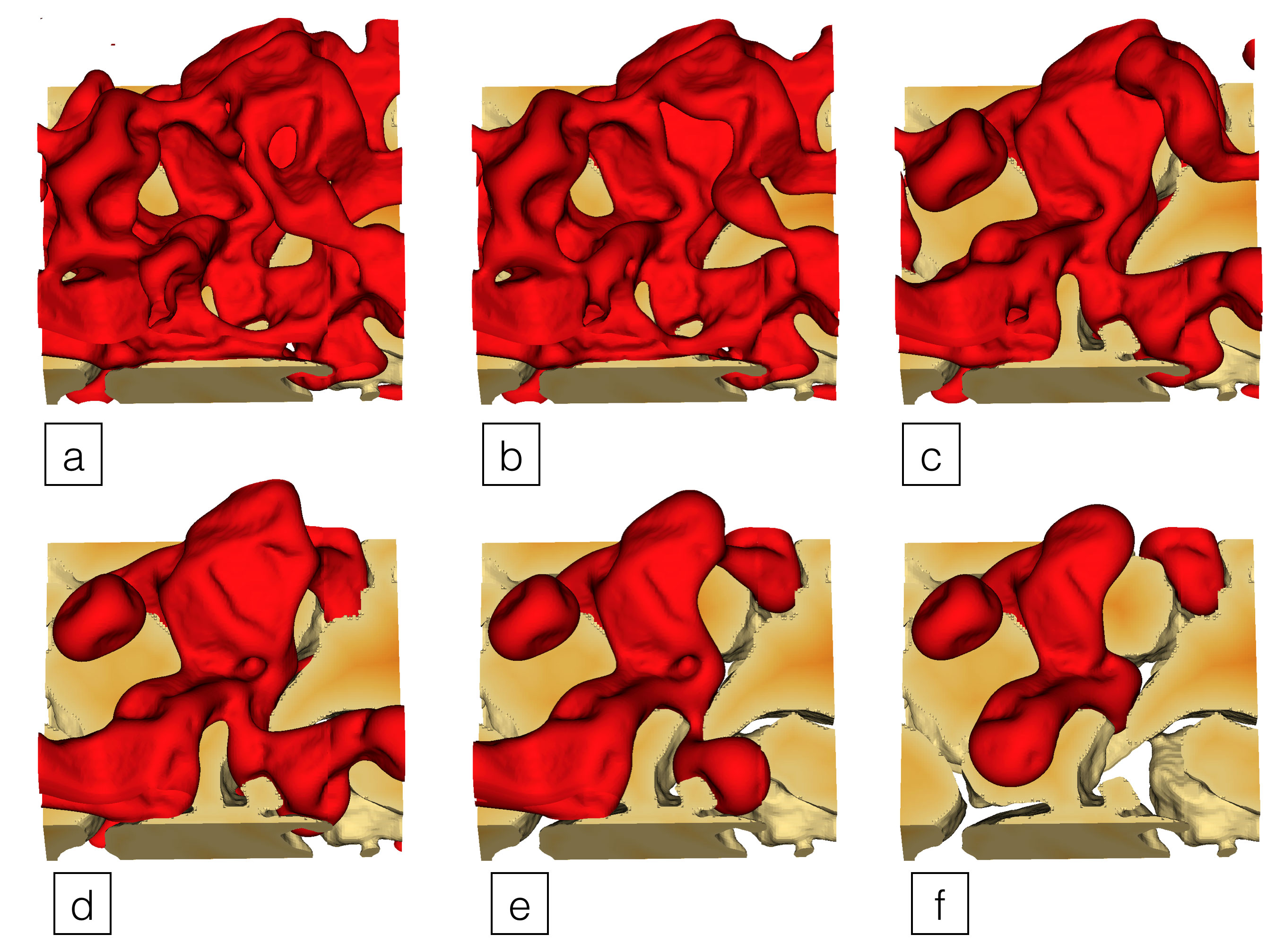
Accelerating the Development of Nuclear Fusion
Developing computer models of the plasma in a unique device is helping a company take the next steps towards producing power

Developing computer models of the plasma in a unique device is helping a company take the next steps towards producing power

Researchers develop design rules that guide the self-assembly of crystals and frameworks into thin sheets for energy storage and other uses

New computer simulations reveal the explosive scene after ultra-dense stars collide, as well as where heavy elements may have originally formed.

Finding the right dyes for a new type of solar cell can be challenging, but this study used supercomputers to speed up the process

A new catalyst design meets cost, activity, and durability goals by leveraging ultralow loadings of platinum with platinum-free supports.

Scientists find the weak points to facilitate industrial applications of metallic glasses.

Ultrafast X-rays track how associated pairs of atoms find new locations when triggered by light.

Dark fiber lays groundwork for long-distance earthquake detection and groundwater mapping.

The Dark Energy Survey has delivered dark energy constraints combining information from four of its primary cosmological probes for the first time, an approach that may help design other experiments into cosmic acceleration.
Read more about Survey Delivers on Dark Energy with Multiple Probes
Models use a fraction of the computational cost of today’s best atom-based water models.

Supercomputer use offers insights into how to best describe the nature of our universe.

Supercomputer validates mathematical approach for describing geological features.